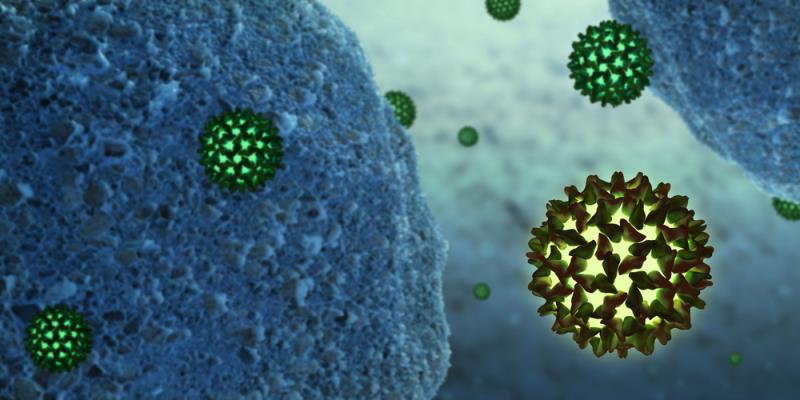
In patients with co-infection of hepatitis B (HBV) and hepatitis C (HCV) virus, low levels of hepatitis B surface antigen (HBsAg) prior to treatment with direct-acting antivirals (DAA) appear to lead to better HBV seroclearance, a recent study has found.
Researchers enrolled 79 patients (median age, 65 years; 53.2 percent male) co-infected with HBV and HCV who were undergoing DAA therapy. Serial measurements of HBsAg and HBV DNA were measured. The outcomes of interest were HBsAg dynamics and seroclearance, along with reactivation HBV, defined as >1-log increase in concentration.
The median HBsAg concentration was 73.3 IU/mL, while the corresponding HBV DNA level was 1.3 log10 IU/mL. Almost half (49.9 percent; n=39) had detectable HBV DNA levels.
Patients were followed up for a mean of 11 months after DAA treatment, during which 10.1 percent (n=8) saw HBsAg seroclearance. Four of these participants achieved this endpoint while still under DAA treatment; two reached seroclearance 3 months after DAAs, and the remaining two achieved this endpoint 6 months after treatment.
The resulting 12-month cumulative probability of HBsAg serolearance was 10.3 percent. Seroclearance was maintained throughout the remainder of the study period.
Pretreatment levels of HBsAg were significantly and inversely correlated with the likelihood of seroclearance (hazard ratio [HR], 0.328, 95 percent confidence interval, 0.137–0.787; p=0.012).
In more concrete terms, the cumulative incidence of HBsAg seroclearance at 12 months was 26.3 percent in those whose baseline levels fell below the cut-off value of 10 IU/mL. The corresponding incidence was 1.9 percent in those who fell above the threshold.